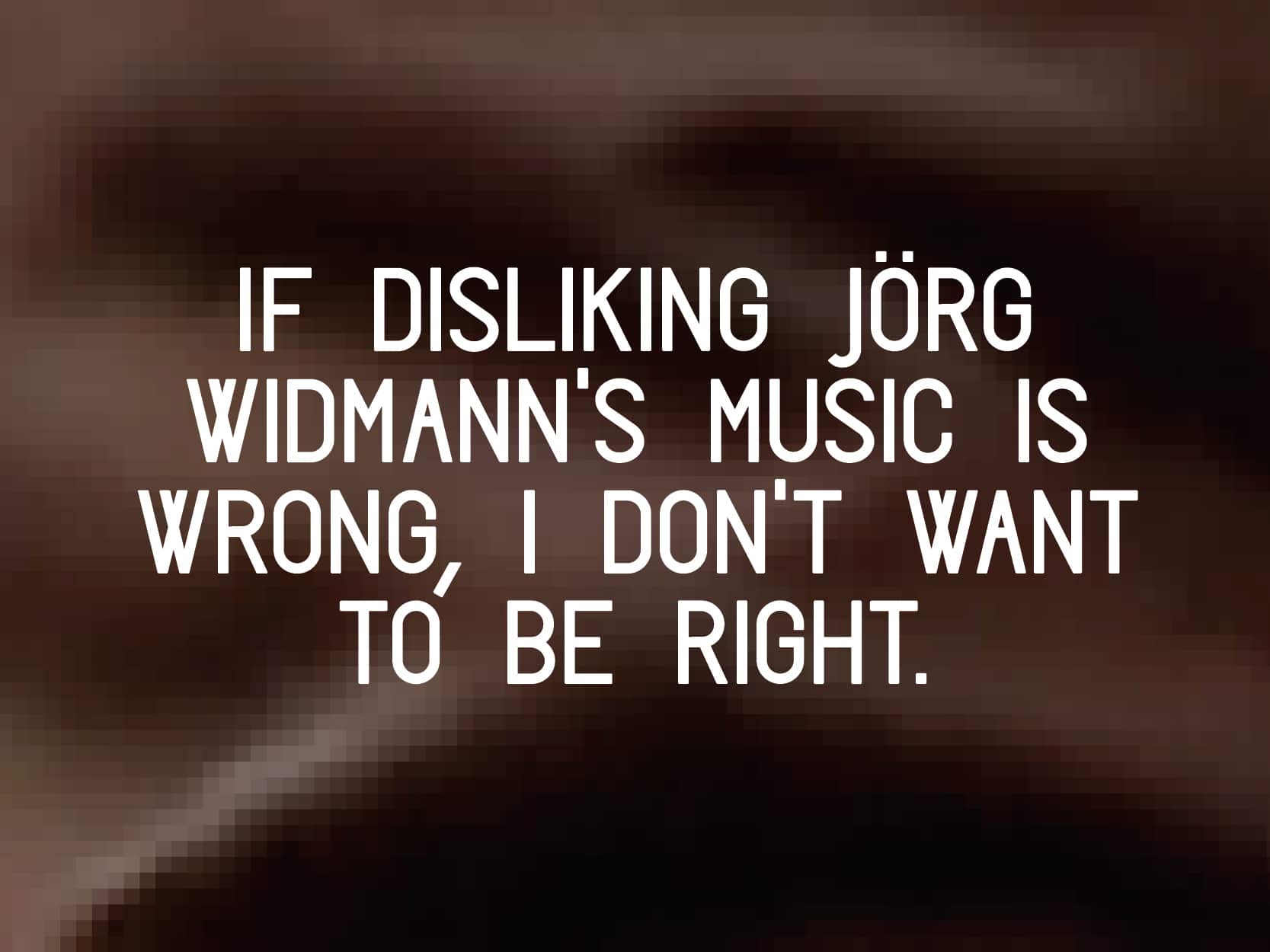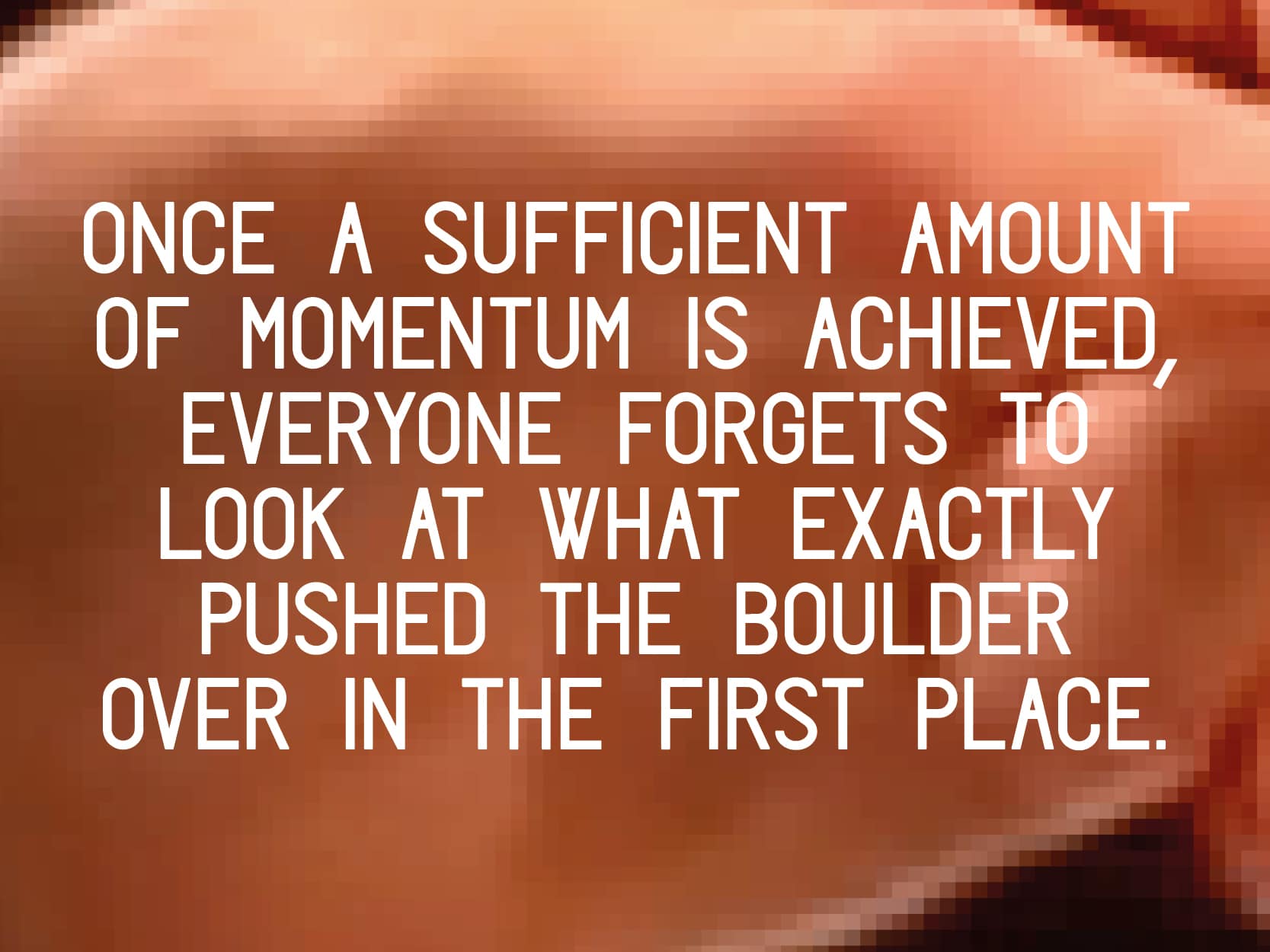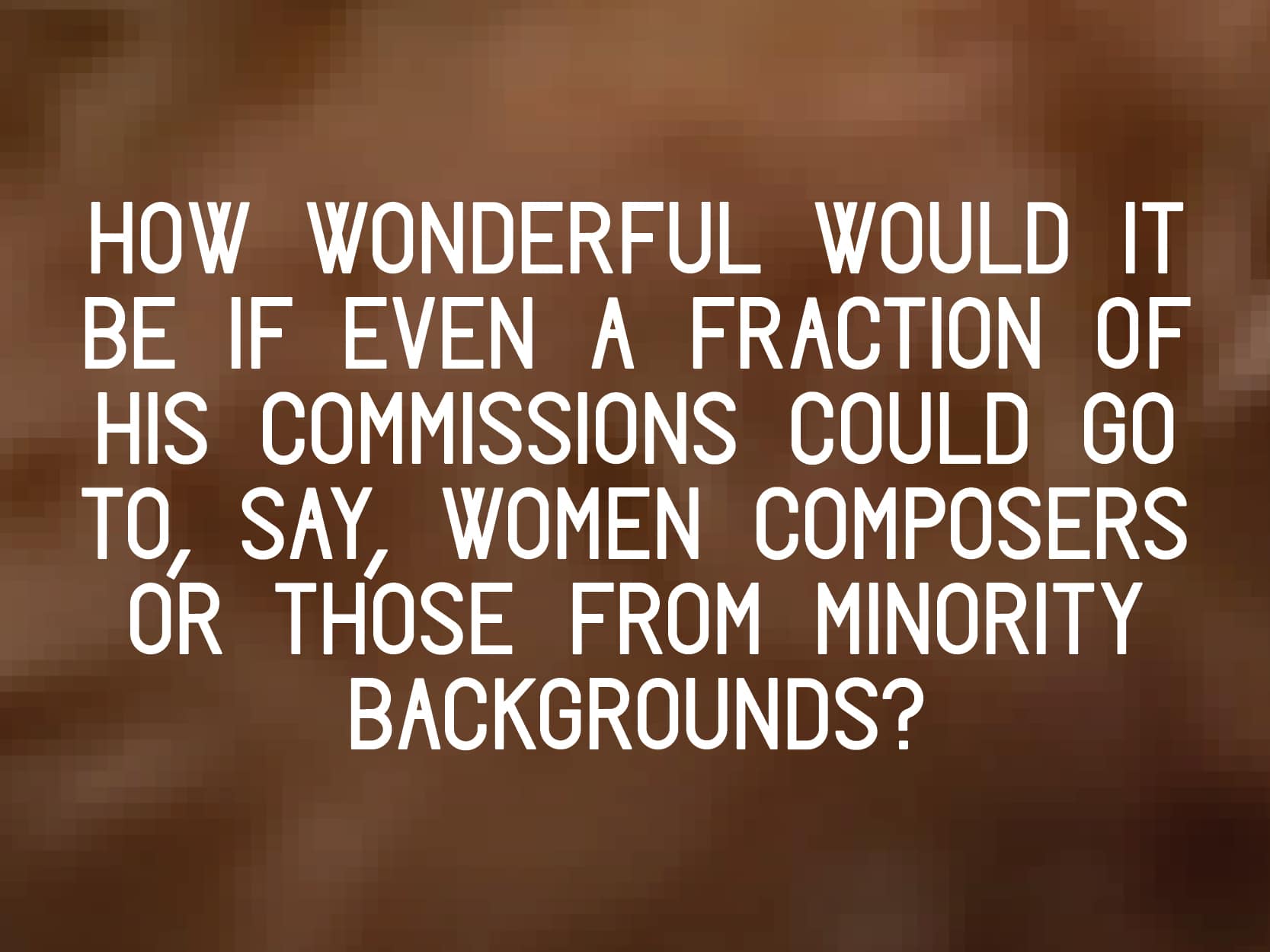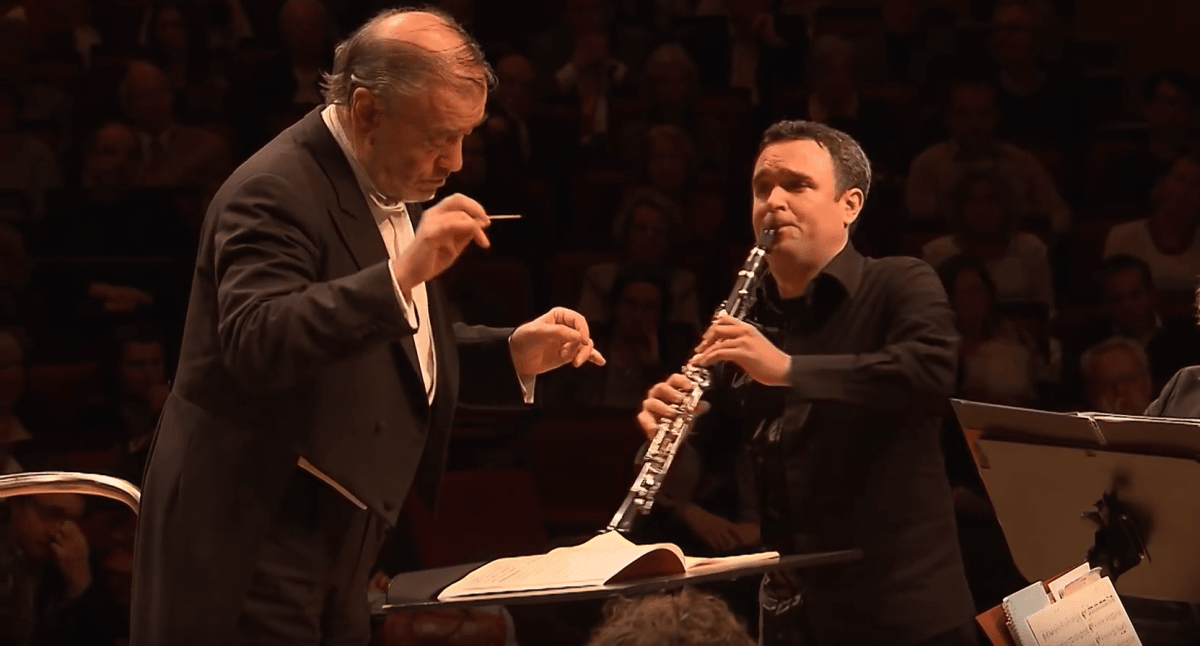One night this spring, a composition by Jörg Widmann made me cringe. Mitsuko Uchida was playing a program of Schoenberg, Schubert, and the 44-year-old German composer at the Pierre Boulez Saal in Berlin. His piece, “Sonata facile” (2016), quoted the Mozart original extensively, interrupting it at times with modified dissonant bass lines, interjections of clusters at the extremes of the piano range, and “jazzy” glissandi. It added nothing, and violated the artist’s Hippocratic oath: Never make an existing piece worse. The provenance of the composition could hardly have been more prestigious. It was a joint commission by the Elbphilharmonie in Hamburg, Carnegie Hall, and Uchida herself.

I’ve often wondered about the sheer ubiquity of Widmann’s music. In the 2018-19 season, he’ll be an artist in residence at the Orchester de Paris, Wigmore Hall, City of Birmingham Symphony Orchestra, and several more. He is a showcased composer in the partnership between the Gewandhaus Orchestre in Leipzig and the Boston Symphony; he was an “artist in focus” at the Boulez Saal in Berlin for its opening season and the subject of a recent six-concert portrait series at the Elbphilharmonie. Leif Ove Andsnes played a Widmann work on his David Geffen Hall recital at the beginning of May, and a Berlin Philharmonic commission, “Tanz auf dem Vulkan,” premieres on May 27 under Simon Rattle. By the standards of new music, this is omnipresence. But, with apologies to Isaac Hayes, if disliking Jörg Widmann’s music is wrong, I don’t want to be right.
I remember hearing his Violin Concerto with Simon Rattle, Christian Tetzlaff, and the Berlin Philharmonic a few years ago. It’s a decent 12-minute piece that happens to last for 27, and routinely makes the mistake of abandoning its best material after a couple of seconds in favor of virtuosic, atonal, platitudinous violin figuration. After that concert, my friend and I were exasperated: the world’s finest musical resources had been spent on something no better than excruciatingly decent. A composer friend of mine likes to advance the theory that few artistic directors or musicians have real opinions about new music, and are happy as long as they are doing something. I initially dismissed him as too cynical; The more I look into Widmann’s career, the more I think he is quite possibly right.

The point here is not to pick on Widmann personally, who is a fabulous clarinetist and by all accounts a genuinely nice, thoughtful guy. (I’ve never met him, though I did see him live in a wonderful performance of the Mozart Clarinet Quintet, with the Hagen Quartett, and his solo clarinet “Fantasie.”) The issue is a structural one. Contrary to the proverb, the rolling stone of Widmann’s career gathers many layers of moss in the form of awards, reviews, recordings, interviews, books, and ever-more-prominent commissions, which in turn justify further of their kind. Once a sufficient amount of momentum is achieved, everyone forgets to look at what exactly pushed the boulder over in the first place. Another analogy would be a particularly opaque Rube Goldberg machine. It starts and, several bewildering steps later, makes a musician famous. How that happens, and which musical qualities led the button to be pressed in the first place, tends to get obscured along the way.
Widmann was born in 1973. He started playing the clarinet and improvising at age seven. “My parents weren’t musicians, but they had a hobby string quartet at home,” he told one interviewer. (It starts here: The privilege of considering parents who play string quartets for pleasure not to be musicians.) When Widmann was 16 and attending Musikgymnasium, a kind of high school with specialist courses for young musicians, it just so happened that Hans Werner Henze asked him to write an opera. Henze later took on Widmann as a student; an early piece based on that opera, “Streichquartett aus der Oper ‘Absences,’” was premiered in 1990 by Widmann’s star violinist sister Caroline. Some composers (cough) have their early pieces premiered by exhausted high school music teachers, others by world class violinists, and every composer knows how much legitimacy their work gains through a convincing reading. “180 beats per minute,” a couple of years later, featured the cellist Tanja Tetzlaff, and “Insel der Sirenen” (1997) was performed by the probing Isabelle Faust and the Münchener Kammerorchester. The following year, Widmann received the Belmont Prize from the Forberg-Schneider Foundation, which regularly pays musicians’ fees for the Münchener Kammerorchester (four times between 2010 and 2017). He also received a prize from the Bavarian Ministry of Culture in 1996, the same institution that honored his teacher Henze with a larger prize the previous year. By 2006, Pierre Boulez had conducted his “Armonica” with the Vienna Philharmonic, the ultimate establishment endorsement. Widmann now also conducts his own group, the Irish Chamber Orchestra. Incidentally, Widmann’s path from successful clarinetist and composer to conductor relies on gendered assumptions. Men who are good at one aspect of music are frequently welcomed into other tracks; similar parallel moves are far less common for women artists.

I get the impression that all these stamps of approval mean no one needs to listen to Widmann anymore before choosing him for a concert. His music is playable, well-notated, and in traditional forms that slot in well alongside classical masterpieces. He’s an acknowledged “safe” choice, which allows a lazy cycle to continue: artistic directors know they won’t get into trouble for programming him because other artistic directors have already programmed him. He’s already been the subject of a verbose musicological-analytical work, Die Musik von Jörg Widmann (2013), and a volume of collected interviews. I know tastes differ, but I also know I’m not alone in wanting to hear different music on major orchestras’ programs; and their complacency does narrow the range and depth of new music being heard in traditional venues. It’s instructive to note the composers whose careers Widmann’s ubiquity overshadows: his music lacks the tense elegance of Rebecca Saunders, the clattering intricacy of Ashley Fure, the tactile, groaning ecstasy of Michael Maierhof, the endorphin payload of Jay Schwartz, the lush jungle mastery of Tristan Murail, and the unknown qualities of so many composers who are now in the process of looking for different ways of earning money to survive, or have already given up completely. Each one of these musicians would benefit enormously from even a tiny fraction of the airtime Widmann receives.
The art that matters gives you an ache that is both a recognition of yourself, and an inability to accurately describe how it makes you feel. Maybe Widmann will make art like that someday. In the meantime, how wonderful would it be if even a fraction of his commissions could go to, say, women composers or those from minority backgrounds? I want to go to more concerts where I don’t know what the token piece of new music will sound like. Jörg Widmann has already had enough success to last my entire lifetime. ¶


Comments are closed.